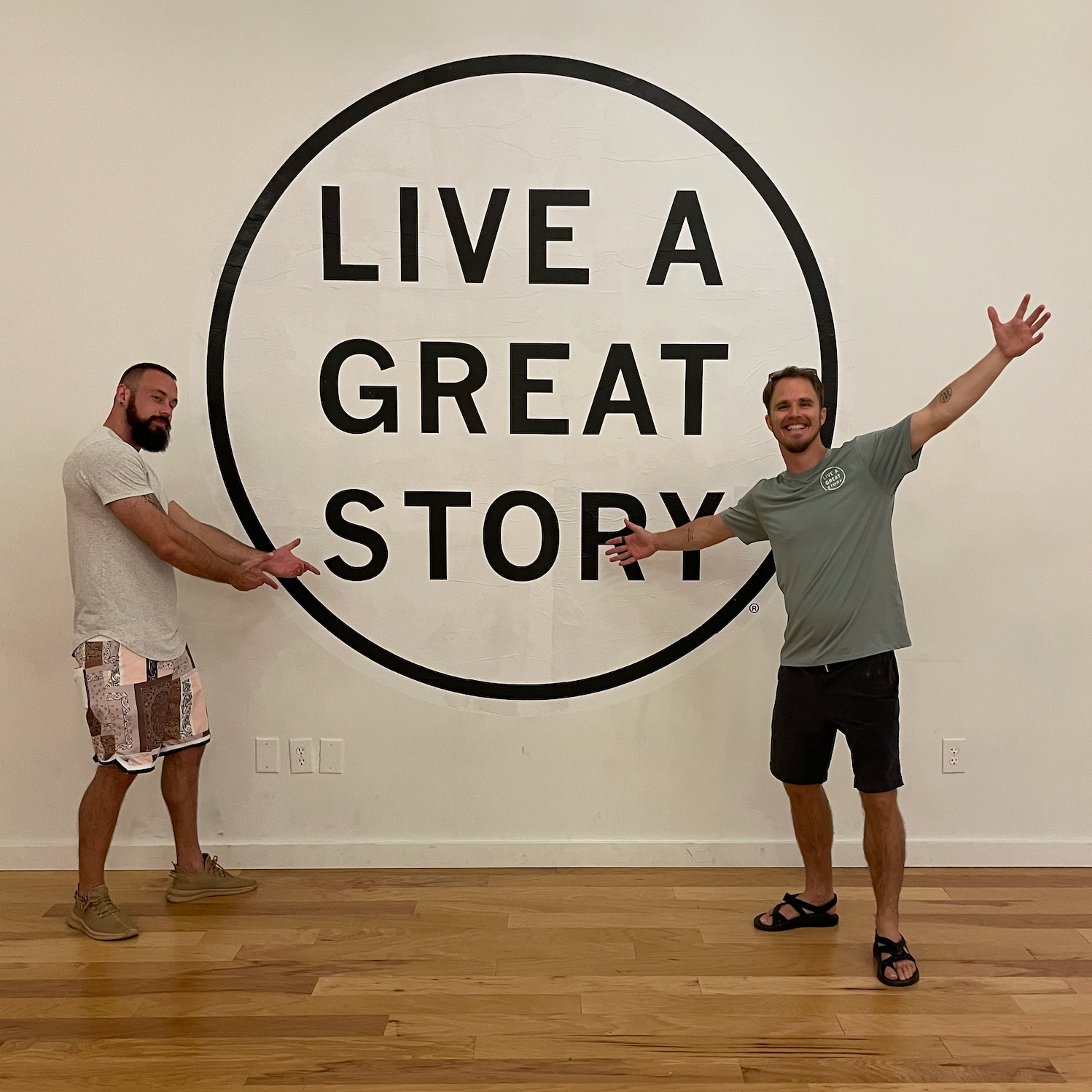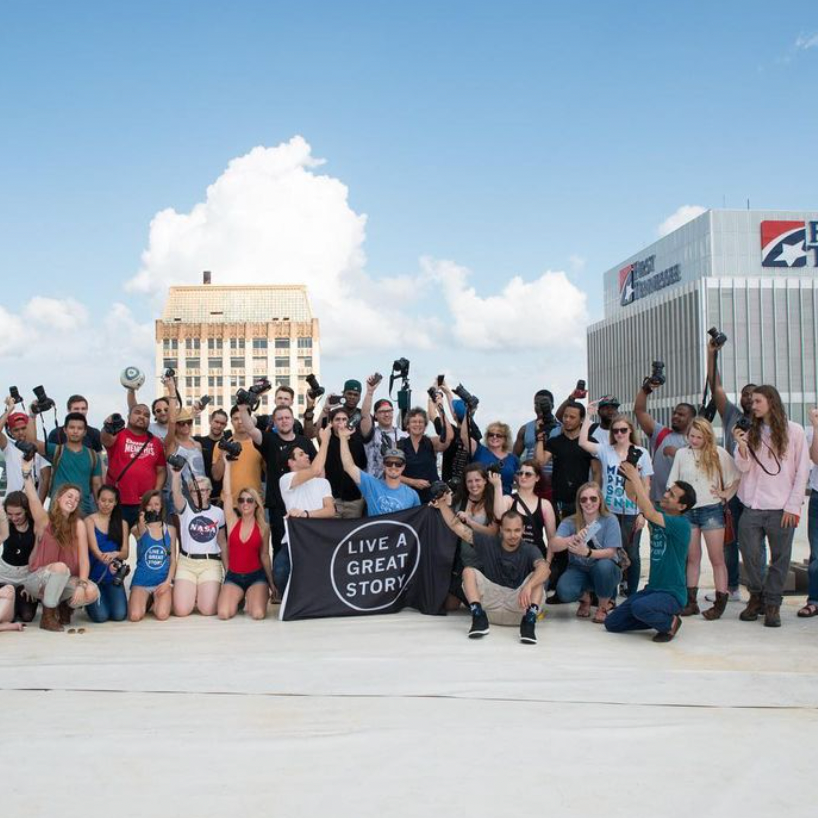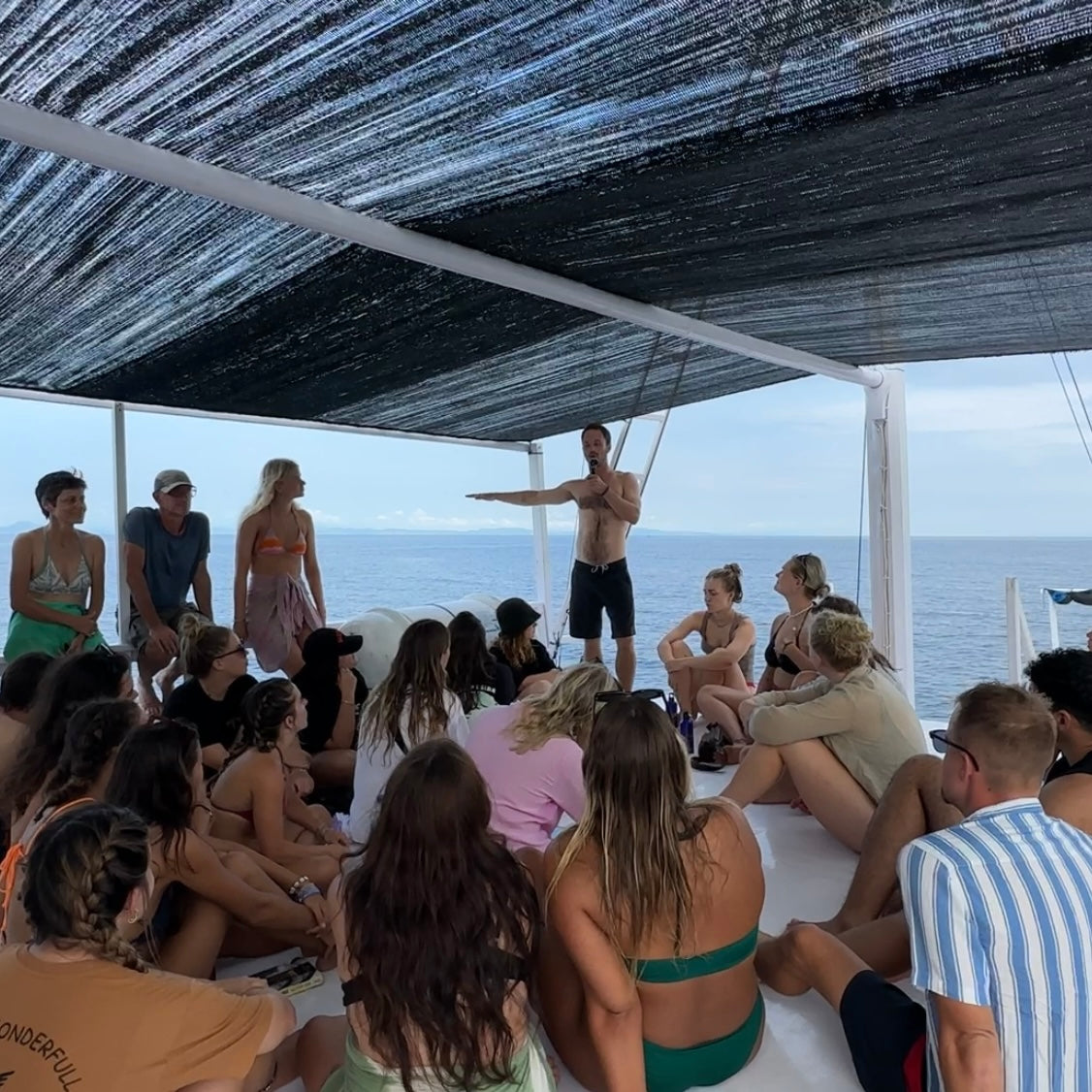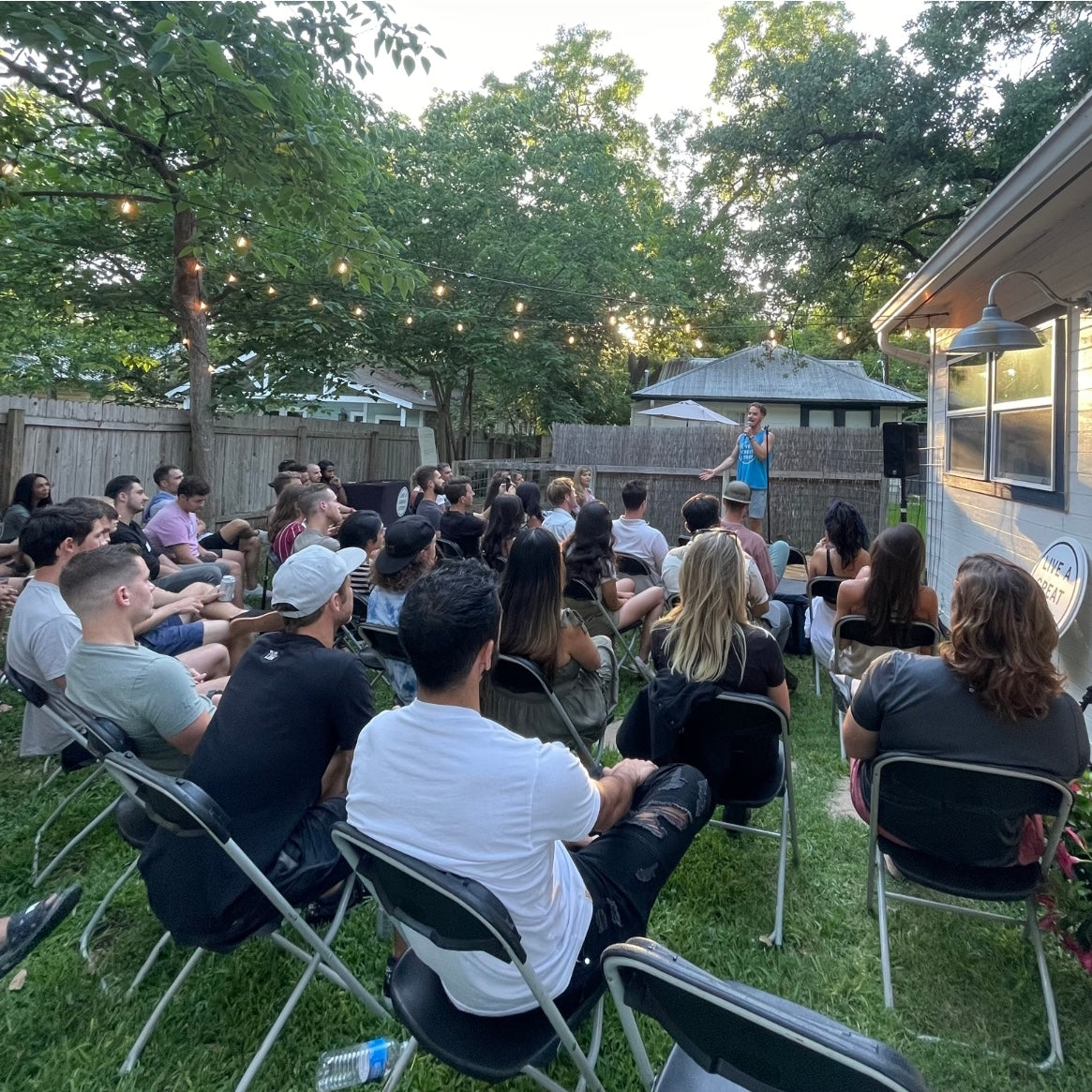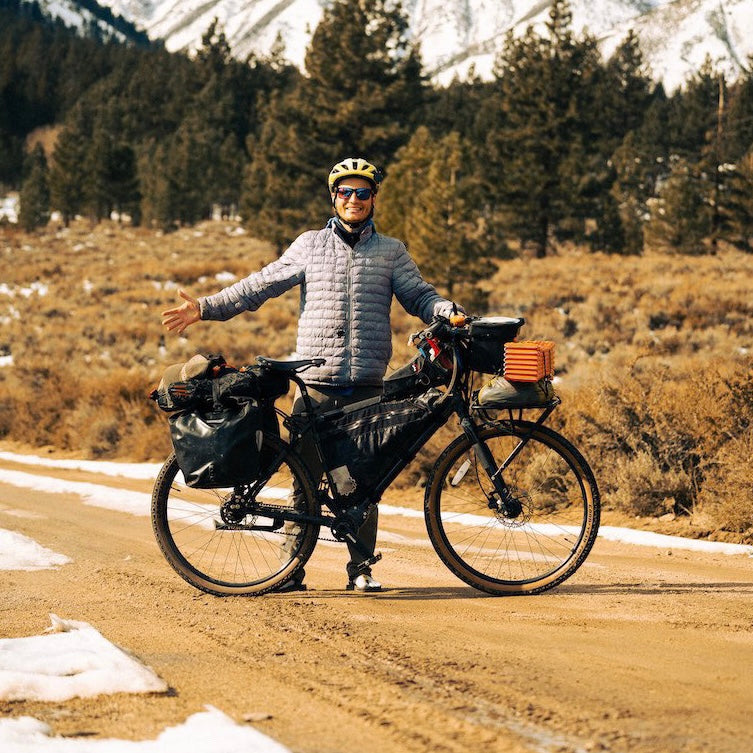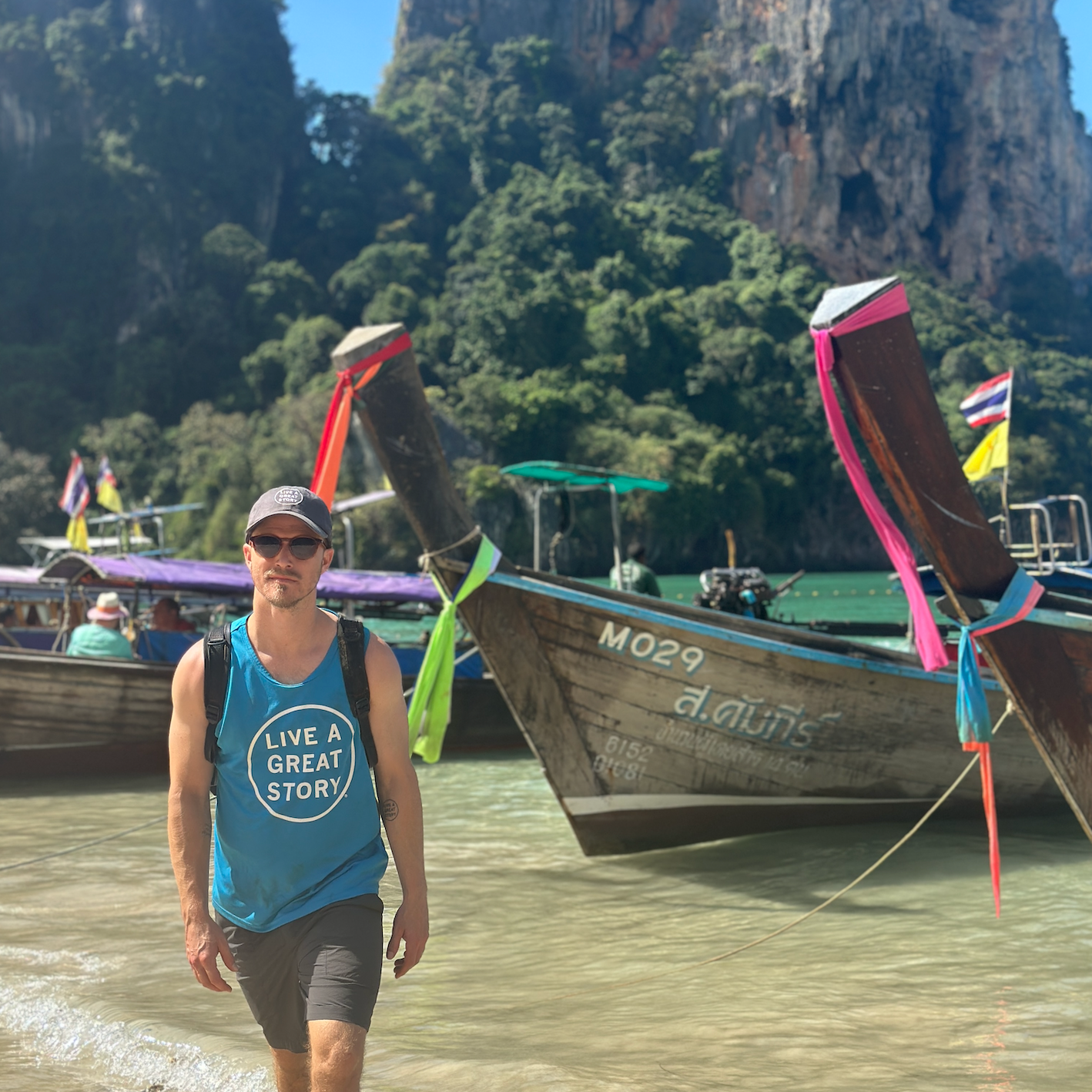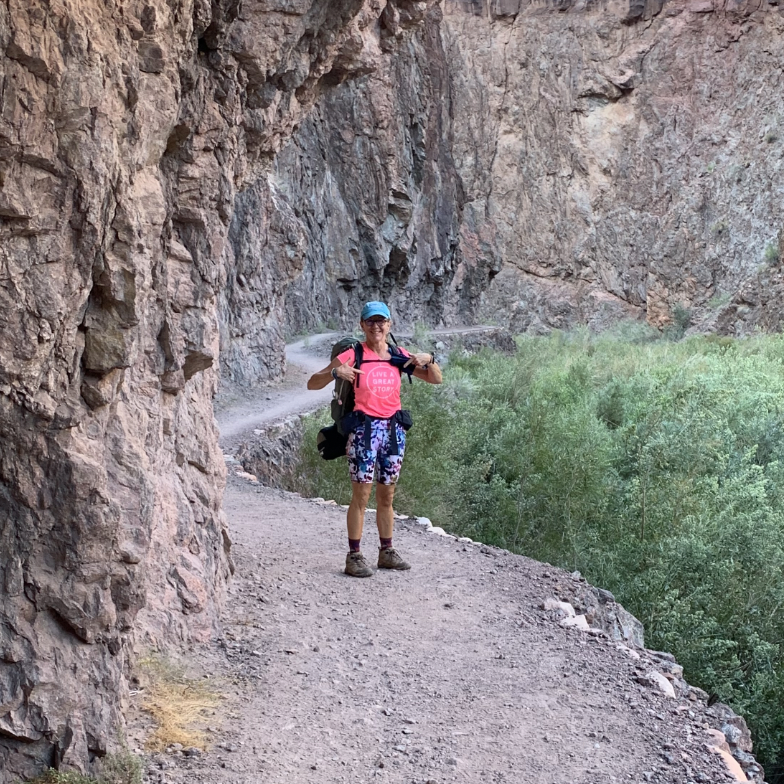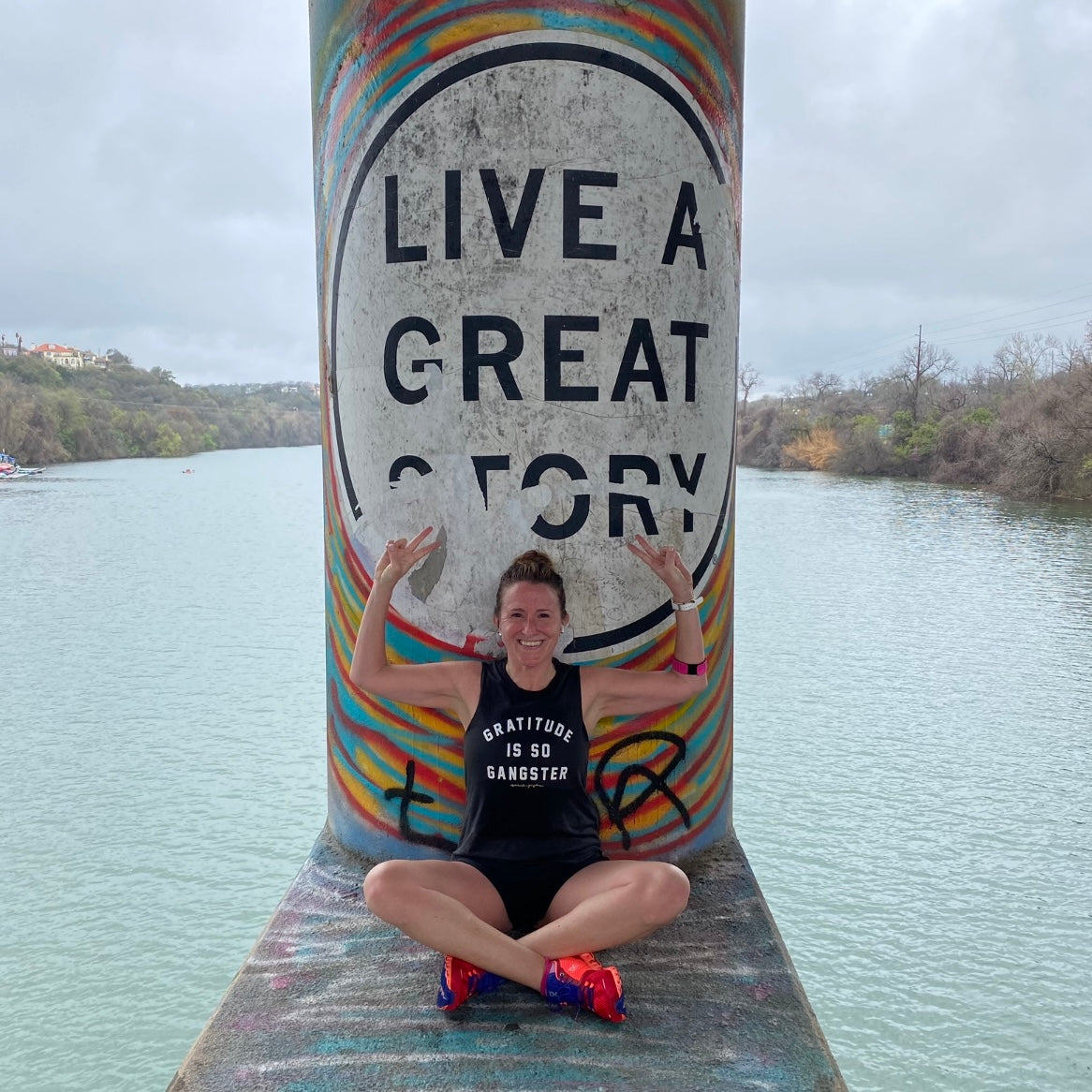
When we think of hippies, we think of peace signs and tie dye and Volkswagen vans. But we rarely associate travel with the ’60s and ’70s, and most of us have never heard of the Hippie Trail. Many “hippie” Americans of this time took peace, love, and freedom so seriously that they went overseas on the trip of a lifetime to escape the changes occurring at home. These members of the hippie generation were not content to sit idly by in their parents’ basements---oh, no---they took road tripping to the extreme.
What is the Hippie Trail?
During the mid-50s through the ’70s, groups of Americans who called themselves “Intrepids” embarked on journeys through Europe and Asia and essentially introduced tourism to the impoverished areas they visited. The Hippie Trail refers to the popular route that typically started in London or Amsterdam, continued through countries like Germany, Austria, Hungary, Yugoslavia, Greece, and Turkey and on to the Middle East with Nepal as the final destination, though some traveled as far as Thailand or Vietnam.
Why did Americans go east?
Much like today’s youth, these Intrepids were strongly influenced by pop culture. Jack Kerouac published On the Road in the 1950s, a book which chronicled and glorified his travels along American roads. In the ’60s, Allen Ginsberg, another popular writer, relocated from America to Varanasi in India; the Beatles retreated to an ashram in India; and Jimi Hendrix’s love for Morocco drew others as well.

What Americans found in the East was an escape from Western modernization and materialism. The West was viewed as evil while values such as religion, culture, and community were associated with the peoples of the East. The locals they met overseas humbled them, and many joined the Peace Corps and encountered other opportunities to engage with the local communities. They were driven by the allure of freedom and were on the search for enlightenment. Tony Walton, one of these Intrepids, said that “in those psychonautical times it was all about ‘being here now’ and living as much in the moment as we could.”
Why did the trips stop?
Once a place where conversation with foreigners was welcome, Afghanistan soon became a dangerous place, especially for Americans. Russia invaded in 1979, Iran experienced domestic revolution, and war broke out in Lebanon, Syria, and Iraq. The American tourist culture was replaced by U.S. military, and the mecca enjoyed by the Intrepids has not been seen since. These travelers could not have known that the places, the people, and the lands they explored were soon to change and basically cease to exist.
What’s left?
Unfortunately, not much remains of the Intrepids’ landmark destinations. The Bamiyan Buddhas in Afghanistan, a popular destination for those seeking enlightenment through religion, was destroyed in 2001 by the Taliban. Much of Old Freak Street in Istanbul, named after its attraction to the foreigners or “freaks” of the ’60s and ’70s, was lost to an earthquake in 2015. The Pudding Shop in Istanbul is still standing, but it is nothing more than any other surrounding shops and the area is not a safe place for outsiders to visit. All that’s left are faded photographs and messages written on the walls of the shop by the young travelers promising to meet each other on the beaches of Goa or the streets of Kashmir.
-----Traveling for leisure is not anything new. For years, travel has provided people with opportunities to explore the world, expand their minds, and express themselves. There is something truly liberating about the freedom one experiences after taking to the road. If these “hippies” had not taken these trips, there wouldn’t be much of a story of the pre-war Middle East. It’s ironic that a trip inspired by love and peace was ended by war and destruction.
The next time you take a trip, think of the mark you are making in history, and leave a little piece of yourself behind, a message to those who come after you. Get your LIVE A GREAT STORY gear here and start spreading the message!











